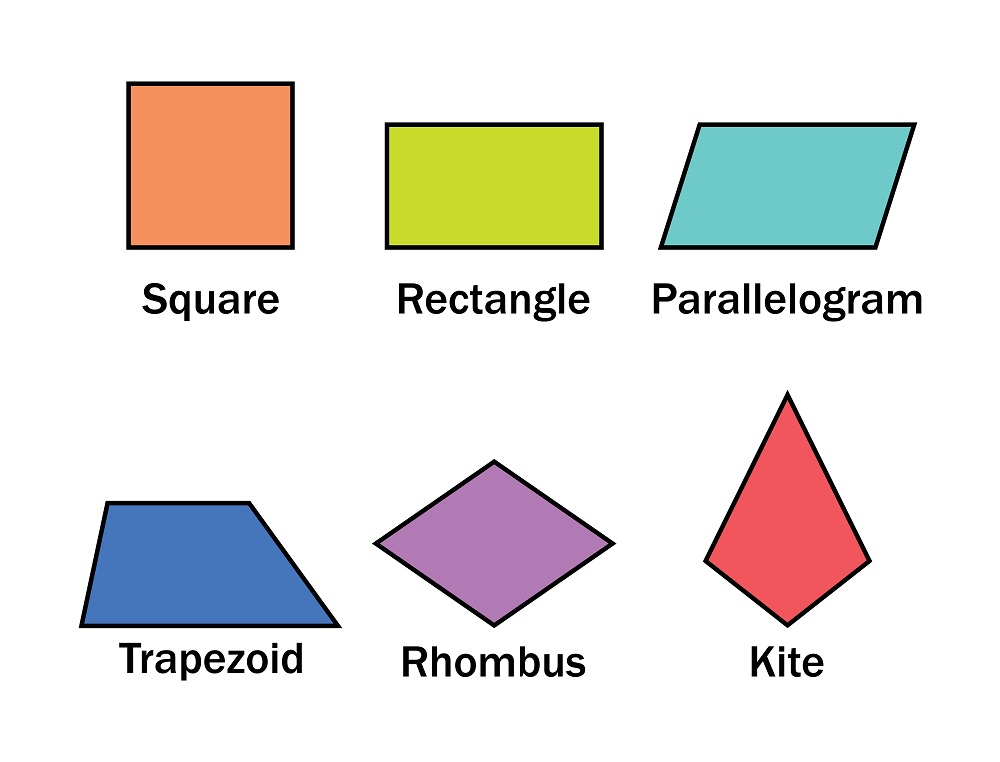Normal Area and Perimeter Worksheets for Ages 3-9
7 filtered results
-
From - To
Discover a range of engaging Normal Area and Perimeter Worksheets designed specifically for children ages 3-9. These worksheets provide a fun and interactive way for young learners to explore the concepts of area and perimeter. With colorful graphics and age-appropriate exercises, kids will develop essential math skills while enhancing their understanding of shapes and measurements. Ideal for home schooling, classroom activities, or supplemental practice, these worksheets cater to various learning styles. Help your child build confidence in math with our easy-to-follow formats and captivating exercises. Start your journey into the world of shapes today!


What's the Missing Side Worksheet


Build the Fence, Find the Perimeter Worksheet


Flag Area Worksheet


Perimeter Parking Worksheet


Tile Area Worksheet


Sports Area Worksheet


Calculating Perimeter Worksheet
Understanding area and perimeter is essential for children aged 3-9 as it lays a strong foundation for their mathematical development and real-life applications. Parents and teachers should care because these concepts enhance critical thinking and spatial awareness, skills that are vital for problem-solving.
Introducing area—the amount of space inside a shape—and perimeter—the distance around a shape—helps children grasp measurement principles that are crucial in everyday situations, like figuring out how much paint they need to cover a wall or how to fence off a garden. Engaging children in playful activities, such as building shapes with blocks or drawing them in a sandbox, can spark curiosity and make learning enjoyable.
Moreover, understanding these concepts supports overall cognitive growth. They are integrated into various subjects, including geometry, art, and science, fostering interdisciplinary learning. As children practice measuring or calculating area and perimeter, they also enhance their fine motor skills and hand-eye coordination.
Ultimately, by prioritizing area and perimeter in early education, parents and teachers prepare children for future mathematical concepts, emotional intelligence in completing tasks, and a greater appreciation for the world around them. Developing these skills at such a young age creates confident learners who are excited about mathematics and exploration.

 Assign to My Students
Assign to My Students





















